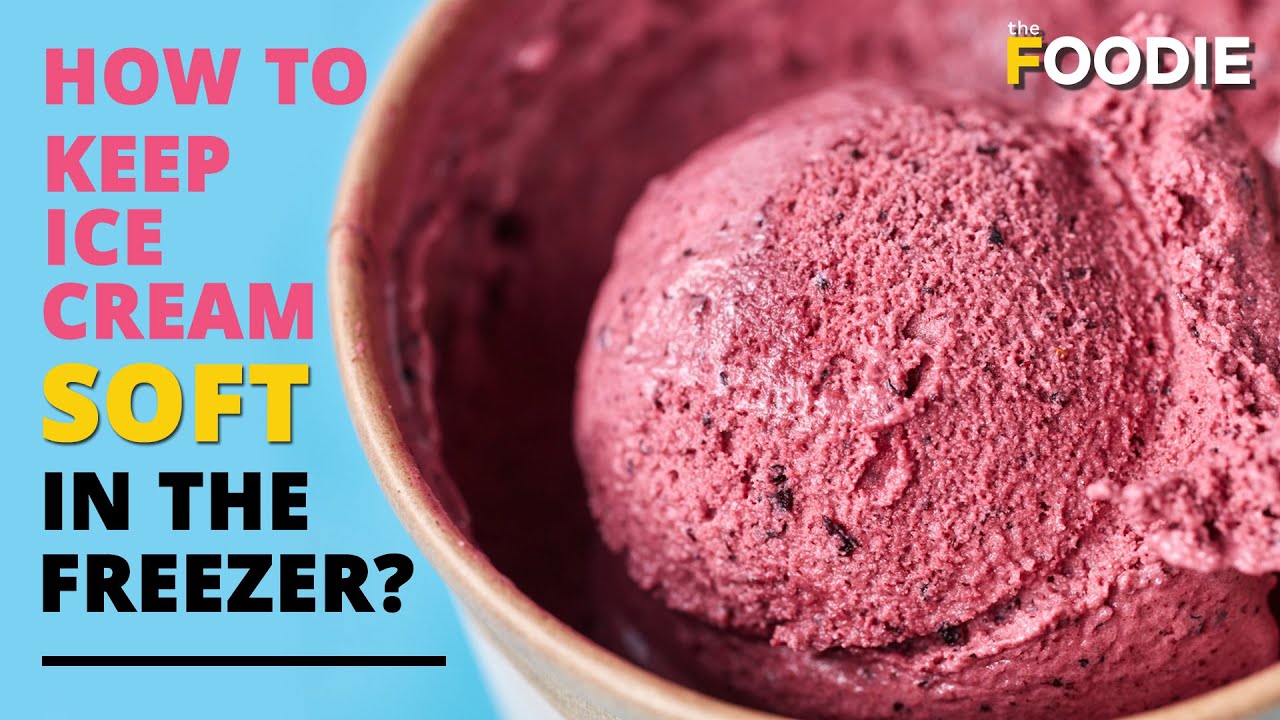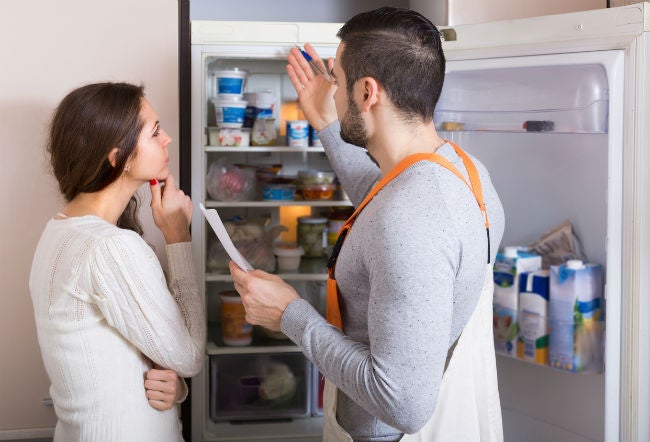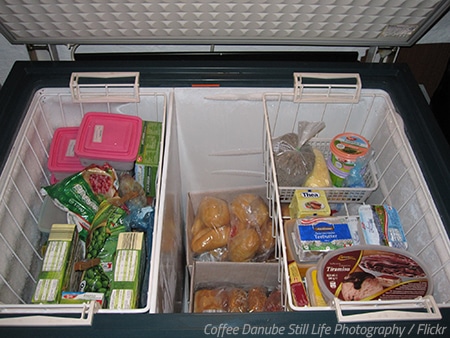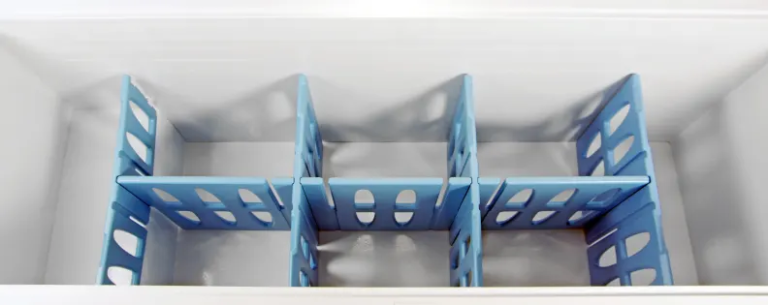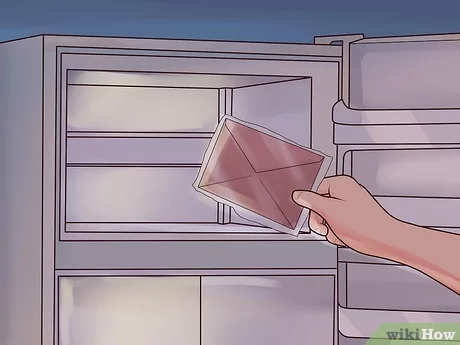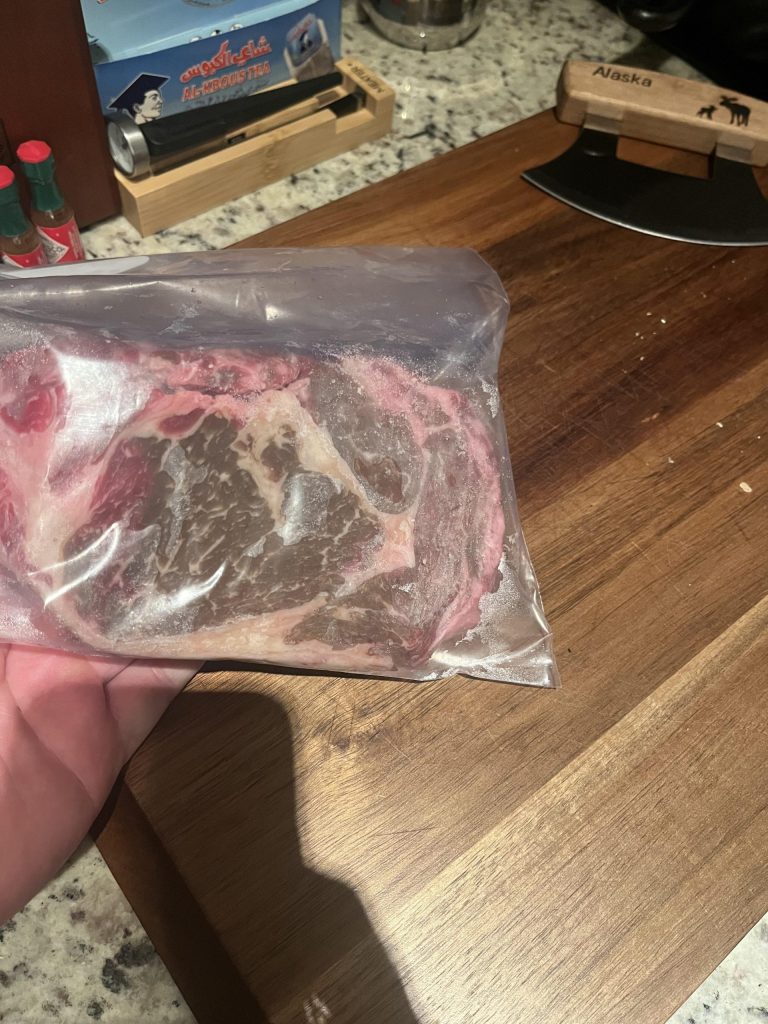Your ice cream is soft in the freezer due to improper temperature settings or air exposure. It may also be a sign of freezer malfunction.
Ice cream should be firm and scoopable, but soft textures can ruin your dessert experience. Several factors contribute to this issue, including temperature fluctuations and air infiltration. A freezer that isn’t cold enough or frequently opened can cause your ice cream to soften.
Ice cream also contains air, which can expand and lead to a less solid consistency. Understanding these reasons helps you troubleshoot the problem. Proper storage techniques and maintaining a consistent freezer temperature are vital to achieving that perfect scoop. Let’s explore how to keep your ice cream creamy and delicious.
The Science Of Frozen Desserts
The texture of ice cream is very important. It affects how we enjoy it. Several factors can make ice cream soft. One key factor is temperature. If the freezer is not cold enough, ice cream won’t freeze properly.
Another factor is air incorporation during churning. More air makes ice cream lighter but softer. Ingredients also play a role. High sugar or fat content can lead to a softer texture.
Improper storage can cause ice crystals to form. This makes ice cream grainy and less enjoyable. Always keep ice cream in a stable, cold environment.
Common Causes Of Soft Ice Cream
Soft ice cream often results from an insufficient freezer temperature. Freezers should be set below 0°F (-18°C). If the temperature is too high, ice cream won’t freeze properly.
Frequent door openings can also affect ice cream’s texture. Each time the door opens, warm air enters. This can lead to melting and refreezing, causing soft spots. Try to limit how often the freezer door is opened.
Other factors include the quality of ingredients and air content. High-quality ice cream has less air and more cream. This helps maintain a firmer texture.
The Freezer Environment
Overstuffing the freezer can block air circulation. This leads to uneven cooling. Ice cream needs a stable temperature to stay firm. Too much food can also trap warm air.
Good airflow is essential for keeping ice cream hard. Freezers work best when they have space. Leave room for air to move freely around the ice cream. This helps maintain the right temperature.
| Issue | Effect on Ice Cream |
|---|---|
| Overstuffing | Blocks air circulation |
| Warm Air Trapped | Causes soft texture |
| Lack of Space | Leads to uneven freezing |
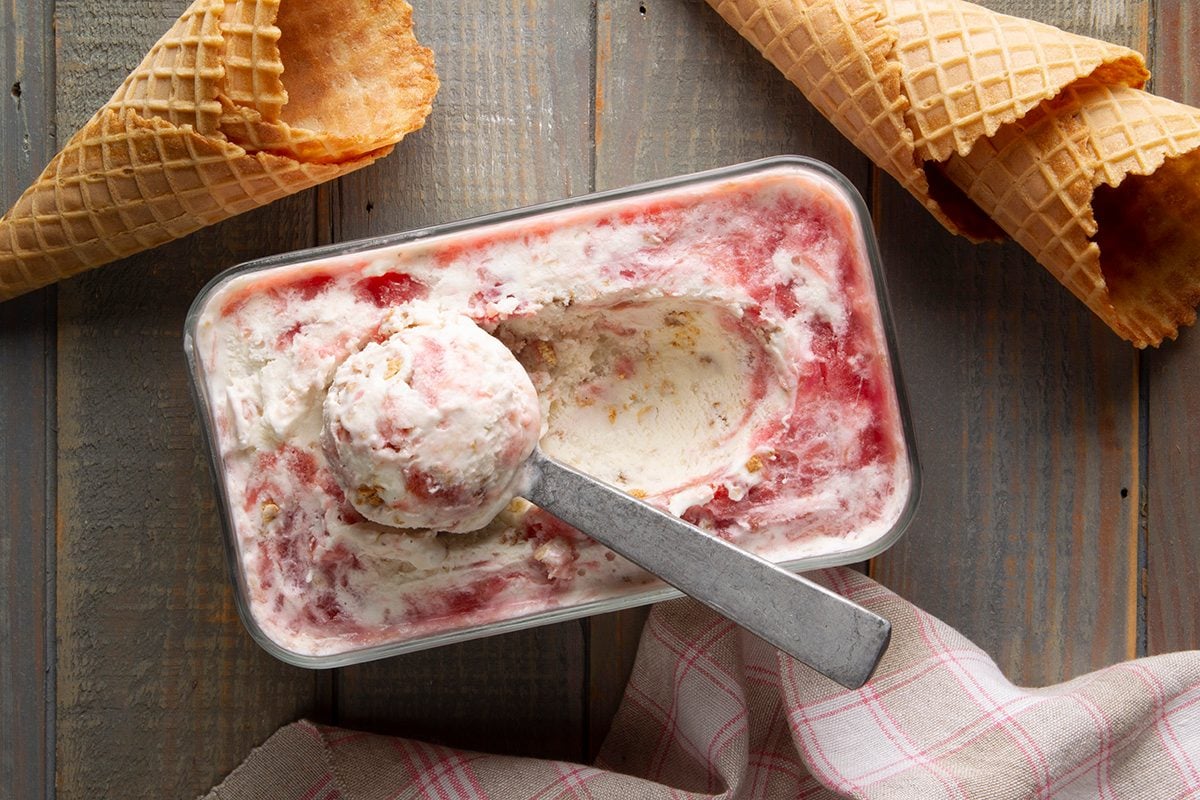
Credit: www.tasteofhome.com
Ice Cream Composition And Softness
Ice cream softness depends on its composition. The ingredients used can greatly affect firmness. Key factors include fat content, sugar levels, and air incorporation.
Fat content plays a crucial role in texture. Higher fat content leads to a creamier and smoother ice cream. Ice creams with less fat often feel icy and harder.
| Ingredient | Effect on Firmness |
|---|---|
| Fat | Increases creaminess and smoothness |
| Sugar | Lowers freezing point, making ice cream softer |
| Air | Incorporation adds lightness and reduces hardness |
Freezer Maintenance And Performance
Check the seal integrity of your freezer door. A damaged seal lets warm air in. This causes ice buildup, which affects freezing performance.
Regular defrosting is essential for maintaining your freezer. Ice buildup can block airflow. This makes it hard for the freezer to keep items cold.
Set a schedule to check for ice. If ice forms, it’s time to defrost. Keeping the freezer clean helps it run efficiently.

Credit: www.angi.com
The Art Of Storing Ice Cream
Storing ice cream properly keeps it firm and delicious. Use airtight containers to prevent ice crystals. Seal the container tightly to keep air out. This helps maintain the right texture.
Place ice cream in the back of the freezer. The back stays colder than the front. Avoid opening the freezer often, as this raises the temperature. Keep it away from the door to prevent softening.
Consider using a cooler bag if transporting ice cream. This keeps it cold until you reach home. Check the temperature of your freezer. It should be at least 0°F (-18°C) for optimal storage.
Troubleshooting Tips For Harder Ice Cream
Check your freezer temperature. It should be set below 0°F (-18°C) for hard ice cream. If it’s too warm, ice cream will become soft.
Try moving the ice cream to a different shelf. Sometimes, the temperature varies by location. Placing it near the back helps keep it colder.
Home remedies can also help. Mix a tablespoon of corn syrup into the base before freezing. This can make your ice cream firmer.
Another trick is to add alcohol. A small amount lowers the freezing point. This can lead to a smoother texture.
Using a saltwater ice bath during the freezing process also aids firmness. Salt lowers the freezing point of water.
When To Worry About Your Freezer
Freezers sometimes fail, causing ice cream to become soft. Check for signs of trouble early.
Here are some common signs of freezer failure:
- Food feels warm to the touch.
- Ice cream is melting or too soft.
- Unusual noises coming from the freezer.
- Frost buildup on the walls.
- Temperature fluctuates frequently.
Contact a professional if you notice these issues. They can help identify the problem. Regular maintenance can also prevent many freezer issues.

Credit: m.youtube.com
Frequently Asked Questions
Is It Safe To Eat Soft Ice Cream From The Freezer?
Yes, it’s generally safe to eat soft ice cream from the freezer, provided it has been stored properly. Ensure the freezer maintains a consistent temperature of 0°F (-18°C) or lower. Always check for signs of spoilage or ice crystals before consuming.
Enjoy your treat!
Why Won’t My Ice Cream Harden In The Freezer?
Ice cream may not harden in the freezer due to high air content, insufficient freezing time, or a malfunctioning freezer. Excess sugar or alcohol in the recipe can also prevent proper freezing. Ensure your mixture is cold before churning and check your freezer’s temperature settings.
What Does It Mean When Ice Cream Is Soft?
Soft ice cream indicates a higher air content or warmer temperature. It may be partially melted or contain less fat. This texture can enhance the creamy taste but may affect how it holds shape. Enjoy it as a treat, but be mindful of its consistency.
What Keeps Ice Cream Soft In The Freezer?
Ice cream stays soft in the freezer due to its air content and sugar. These ingredients lower the freezing point, preventing it from becoming too hard. Proper storage in an airtight container also helps maintain its texture by reducing ice crystal formation.
Enjoy your creamy treat!
Conclusion
Soft ice cream in the freezer can be frustrating. Understanding the reasons behind it helps you prevent future issues. Factors like temperature, storage methods, and ingredients play a crucial role. By addressing these points, you can enjoy firmer, creamier ice cream every time.
Keep these tips in mind for the best results!
